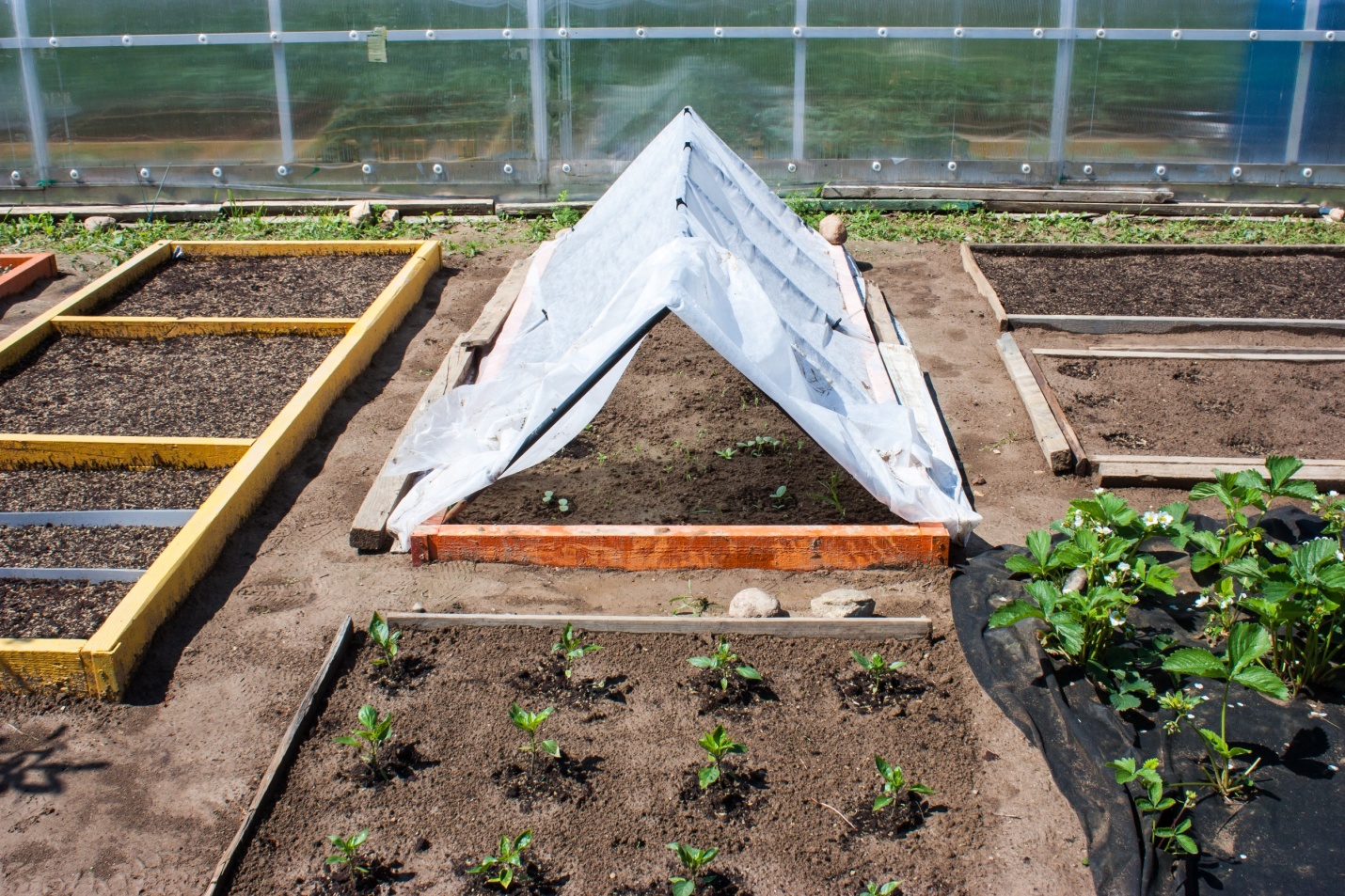Essential Tips for Using Tarps in Agriculture and Farming
Aug 1st 2023
Tarps are a gardener’s best friend. Canopies and Tarps can help you get the most out of your garden or farm with them.
Most gardeners know how tarps can help keep their plants healthy and growing. You are probably familiar with some of the basic ways people use tarps for gardening and farming:
- Protecting plants from a cold snap. When spring returns, winter might rear its ugly head one or two more times by causing frost to appear. When that happens, gardeners who got an early start on the season turn to canvas tarps. By covering those plants, it keeps frost from forming on the fragile shoots and leaves.
- Creating a makeshift greenhouse. Backyard green thumbs who do not have access to their greenhouse can make their own small one on the porch by arranging a clear tarp over a frame. The clear tarps help provide a wonderfully warm, moist atmosphere for growing.
- As silage tarps for creating silage. This “pickled pasture” is particularly helpful during dry seasons - the specifically fermented grasses have been preserved through acidification, and can be fed to ruminants such as cattle and sheep.
- All-purpose tools. From covering gardening equipment to moving mulch and even creating a shady spot, garden tarps are invaluable.
Using Silage Tarps for Better Beds
A particularly creative use is for improving vegetables. Farmers have learned that using tarps to cover vegetable beds over the winter offers a lot of advantages that lead to better returns.
In a nutshell, you use a tarp to kill weeds and prepare soil without extra cultivation. The technique calls for covering a garden bed when it is too late to plant a crop, or when you have completed a harvest. By placing the tarp over it, you help protect the soil, and keep hungry weeds away.
Make sure you get a tarp or tarps big enough to cover the entire bed, and that you have plenty of sandbags or rocks to weigh them down, so that they don’t fly away in one gust of wind.
When done properly, these benefits blossom:
- Weeds die. Because they get deprived of light, they wither, and don’t get a chance to spread out. Some farmers suggest that ground contact is also what kills weeds.
- Reduced soil loss from erosion and wind.
- Improved soil quality and fertility. A silage tarp becomes a greenhouse for your dirt, helping it
- Easy bed flipping without tilling or aggressive cultivation. Just place it once the bed has been flail mowed.
We have seen a lot of farmers rely on sheets of plastic that are the same material as garbage bags. These silage tarps tend to wear out quickly, especially in bigger gardens. Our heavy-duty tarps are perfect for using as silage tarps, because they have a strong material that resists tears, and plenty of grommets to help secure it to the ground. We offer a wide variety of sizes and colors for your beds. Built to handle the damage caused by exposure to the elements, you’ll get harvest after harvesting out of your garden before you need to replace these tarps.


